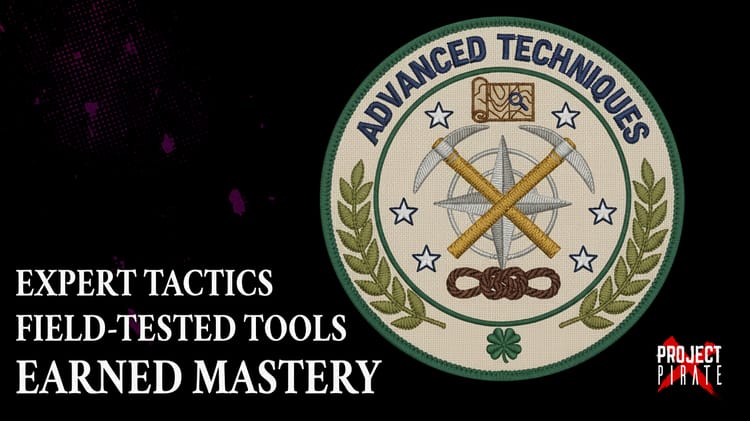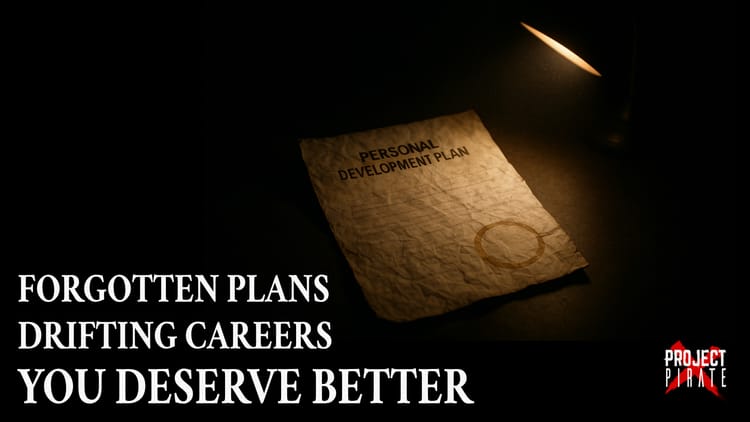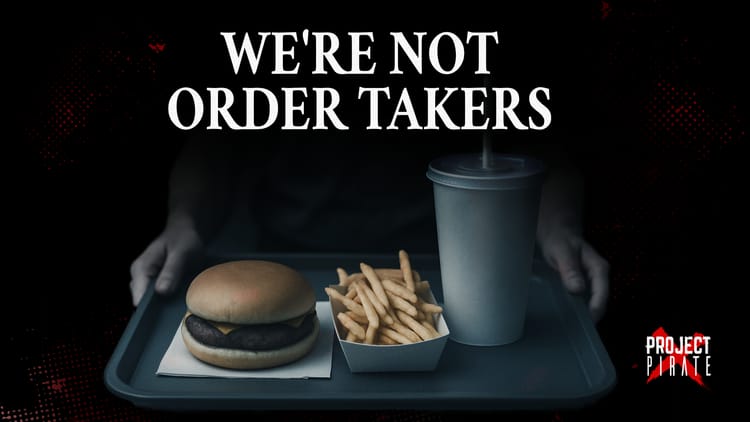More Haste, Less Speed: Why Projects Fail Before They Begin

The ancient wisdom that separates legendary Captains from shipwrecked amateurs.
The Death Spiral Begins at Dawn
"We need to start delivering value immediately!"
Every Project Manager knows this moment. The stakeholder's eyes are bright with urgency, the team is assembled and everyone's itching to prove their worth. So you do what feels right: working groups and stand-ups commence, Sprints get planned, keyboards start clicking.
Two months later, you're drowning in your own productivity.
Requirements shift like quicksand because nobody understood what "done" actually meant. Scope creeps through every conversation as stakeholders realise what they truly wanted (and forgot to tell everyone). Success becomes a moving target because the original goals were motivational slogans used to gain budget, not measurable outcomes.
Your Crew works harder than ever whilst sailing in circles.
This isn't misfortune. It's plain old maths. The very urgency that drove you to skip the foundational work (in old speak: initiation & planning) has guaranteed the delays you sought to avoid. More haste has indeed created less speed.
Where Captains and Keyboard Warriors Diverge
No Captain worth their salt would set course without knowing:
- The destination (what victory actually looks like)
- The nature of the treasure (how value gets measured)
- Recognition criteria (how you'll know when you've won i.e. reached your destination)
- Resource requirements (scope, timeline, constraints)
- Navigation hazards (dependencies, risks, assumptions)
Yet in our rush to appear that "value" is being delivered, we convince ourselves this stage of work is optional. That we can "iterate our way to clarity" if we just get some momentum going...
The Strategic Pause That Accelerates Everything
The highest-performing project teams share a counterintuitive secret: they begin with what feels like the slowest phase imaginable.
Deliberate foundation work isn't about perfect documentation or eliminating uncertainty. It's about establishing sufficient clarity that your team can move fast without constantly changing direction (think sailing direct across the map versus tacking back and forth)
The breakthrough comes when leaders realise that slowing down at the start accelerates everything that follows. We know it inherently that those 3 weeks of foundation work enables 3 months of focused execution.
The Foundation Framework: Four Pillars of Velocity
Pillar One: Success Definition
- What does "finished" look like in concrete terms?
- How will success be measured objectively?
- What would genuinely excite stakeholders?
Pillar Two: Value Clarity
- Why does this project matter right now?
- What breaks if we don't do this?
- How does this connect to broader objectives?
Pillar Three: Boundary Setting
- What's explicitly included?
- What's explicitly excluded?
- How do we handle scope changes?
Pillar Four: Decision Architecture
- Who decides what?
- What's the escalation path?
- How do we resolve competing priorities?
The Psychology of Impatience
Why do intelligent people consistently resist foundation work?
Productivity Theatre: Getting Developers working on coding feels like progress. Foundation work looks like "just talking." But building the wrong thing efficiently isn't productivity - it's expensive entertainment.
The Sunk Cost Trap: Once development begins, teams become psychologically invested in their initial direction. Course correction feels like admitting failure, even when it's demonstrating wisdom (although many state 'Pivot without mercy'... it's not an excuse for unthought out knee jerk work or missing fundamental elements)
Urgency Addiction Organisations become addicted to the adrenaline of urgency. Slowing down feels wrong, even when speed is counterproductive. Those in the hot seat have heard the words, "We need to be showing that we're building momentum and delivering value quickly!"
The False Start Fallacy "We'll figure out the details later." But later never arrives - you're always too busy fixing problems created by not figuring out details earlier.
Selling Strategic Deceleration to Impatient Stakeholders
Converting urgency addicts to strategic patience requires reframing the conversation:
Risk Mitigation Frame "We can start building immediately and course-correct as we discover requirements. This path takes 6-8 months with multiple rework cycles. Alternatively, we invest three weeks upfront getting aligned, then deliver in four months with minimal rework."
Construction Analogy "You wouldn't start building without blueprints. We're not requesting perfect plans - just sufficient architectural clarity that we don't demolish load bearing walls later."
Economic Reality "Every day spent in foundation work saves approximately three days of rework. Every requirement clarified now prevents multiple scope discussions during development."
Team Autonomy "Clearer success criteria enable faster decisions without escalation. Proper planning and clairty doesn't slow teams down - it unleashes them."
The Compound Returns of Strategic Patience
Teams that master the art of slowing down to speed up don't just deliver faster - they transform their entire operating model:
Autonomous Decision Making: Clear success criteria eliminate escalations and enable rapid autonomous choices.
Quality by Design: Understanding requirements properly the first time dramatically reduces defects and rework cycles.
Stakeholder Trust: When expectations are clear and managed, stakeholders trust the process even during inevitable challenges.
Team Confidence: Teams that understand their destination navigate obstacles without losing momentum or morale.
Sustainable Velocity: Without constant firefighting and rework, the Crew maintain steady progress throughout entire projects.
The Captain's Burden
The pressure to start immediately is real and relentless. Stakeholders want visible progress. Teams want to feel productive. Everyone wants to prove they're adding value.
But leadership isn't about satisfying impatience - it's about reaching the destination efficiently and intact.
Sometimes leadership means resisting pressure to appear busy in favour of actually being effective. Sometimes it means explaining why the most productive action right now is slowing down to speed up - thinking carefully before acting decisively.
The finest Captains understand that voyage success isn't determined by departure speed, but by preparation quality.
The Wisdom That Endures
"More haste, less speed" isn't quaint folk wisdom - it's a fundamental law of effective project delivery that becomes more relevant as complexity increases.
Teams that consistently invest in proper groundwork become renowned for their speed, not their planning. They're the Crews that stakeholders request specifically because they deliver on time, on scope and on target - and more importantly deliver exceptional value.
They understand that in project delivery, as in ancient wisdom, rushing often guarantees the delays you're trying to avoid. True speed comes from recognising when you need to slow down to speed up - from executing correctly the first time, not repeatedly fixing rushed execution.
The maths are unforgiving: you can invest time in foundations or spend far more time in consequences.
But here's the distilled truth: whilst speed gets the headlines, value wins the war. The Crews that slow down to speed up don't just deliver faster - they deliver outcomes that matter. They build solutions that last. They create value that compounds long after the project timeline is forgotten.
The choice is yours. The maths are not.
Ready to build foundations that enable legendary speed? Join the Crew of Project Pirates who understand that sometimes the fastest way forward is to slow down long enough to choose the right direction. 🏴☠️




